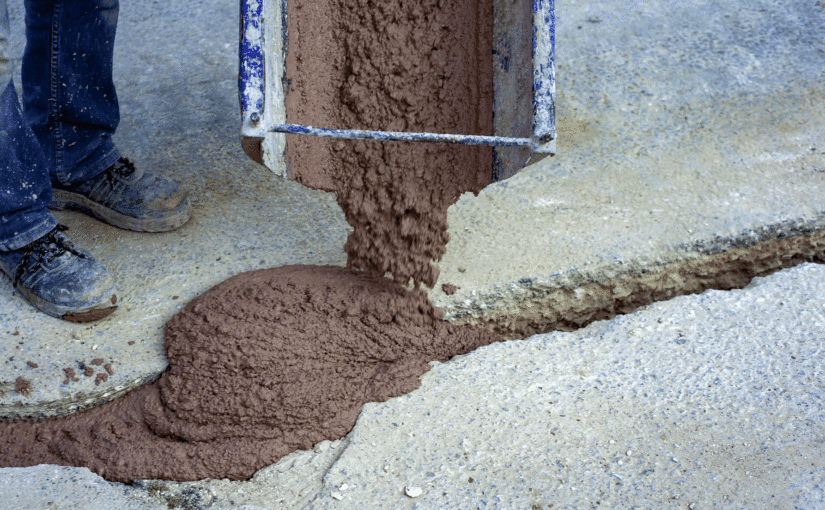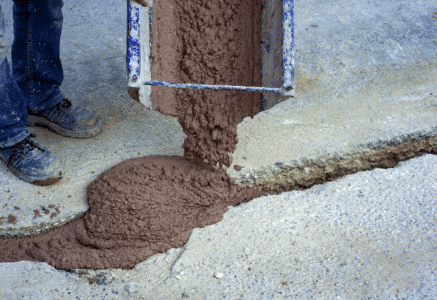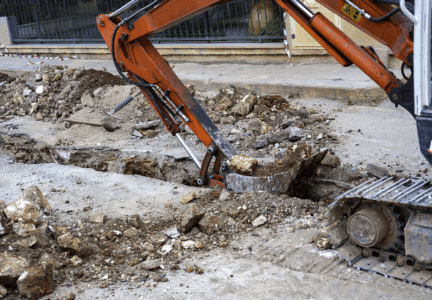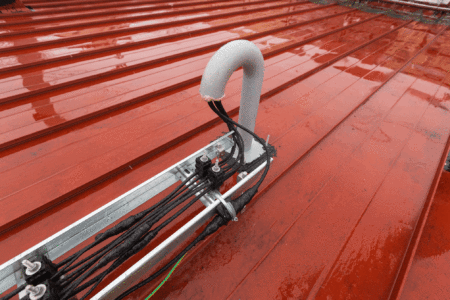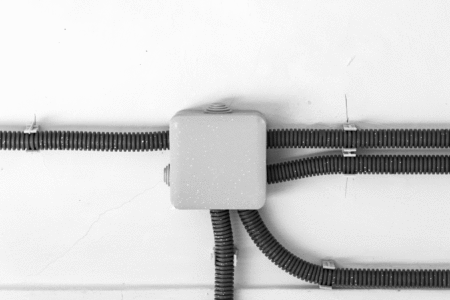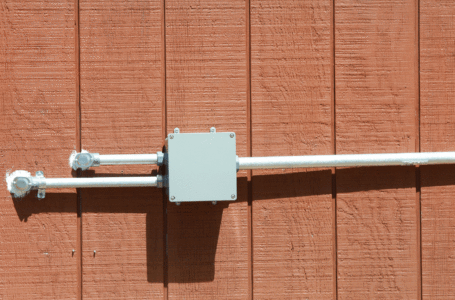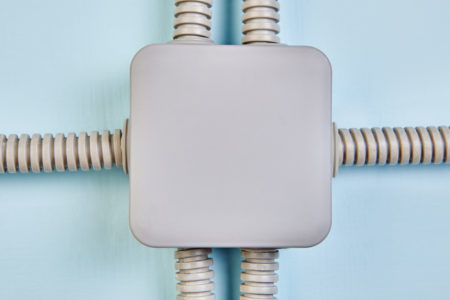Ordinary Cat 6 cable is not designed for outdoor use. Extreme temperatures and humidity shorten the useful lifetime of such an outdoor network.
With its thin plastic casing, ordinary Ethernet cabling deteriorates quickly when exposed to the elements. For best results, when using ordinary Cat 6 Ethernet cables outdoors, place the cables in a conduit such as PVC or other plastic pipe installed with waterproofing. Then, bury the conduit under the ground at a depth of about 6 to 8 inches and at least that far away from power lines or other sources of electrical interference.
Even with a conduit, it’s better to use a weatherproofed Ethernet cable designed for outdoor use. Conduits can fail in extreme weather such as heavy rainstorms or subfreezing cold.
Using Direct Burial Exterior Ethernet Cables
Use exterior waterproof direct burial Cat 6 cables (VIVO’s is one example) for outdoor runs rather than ordinary Cat 6. Direct burial Cat 6 cables cost more but are designed for outdoor use. The protective jacket is made of either PVC on the cheaper end or linear low-density polyethylene (LLDPE) on the more expensive and protective end. In addition to being sealed against moisture, they often have shielding against radio frequency (RF) interference.
Laying down a conduit
While simply burying a cable can be a workable solution, it’s often better if you also use a conduit for your cable run. While laying down a conduit properly does mean you can avoid the added cost of needing direct burial cabling, it’s always best to use such cabling instead of the cheaper and less durable indoor Cat 5e cabling because conduits can fail under harsh environmental conditions like heavy rainstorms.
In addition to providing extra protection for your cabling, the other basic advantage of a conduit is that you can easily run more cables if you need to. If you need to pull an additional network cable through a conduit that already has other cables in it, the simplest way is usually to attach and use a string to pull the new cable — provided, of course, that you can get the string through the conduit. Of course, it would make sense to leave a string in the conduit when you bury it in the ground.
Advice is always best when you consider it before you get started. So what if you’ve already buried your conduit and pulled a cable through it, and you need to pull another cable through your conduit and you didn’t leave a string in the conduit? One tip I’ve heard from some of my geeky colleagues is to try attaching a vacuum cleaner hose to the far end of the conduit and suck the string through. because the conduit is open at the end and much of the suction is lost. This issue can be solved by adding a small bit of plastic bag to the string with a tight knot. The amount of plastic needed may depend on the size of the conduit, how much free space there is, and so on. This seals up the end of the conduit, allowing the suction to be applied to the plastic bag and connected string and pulling it through much more easily.”
Alternatively, you can avoid the “how to pull” problem entirely by running some extra unused cabling when you install the conduit. After all, if you’re going to all the trouble of digging up a trench and installing a conduit, adding a few more cables into the conduit is probably going to mean only an incremental increase to the overall cost of your outdoor cabling project.

